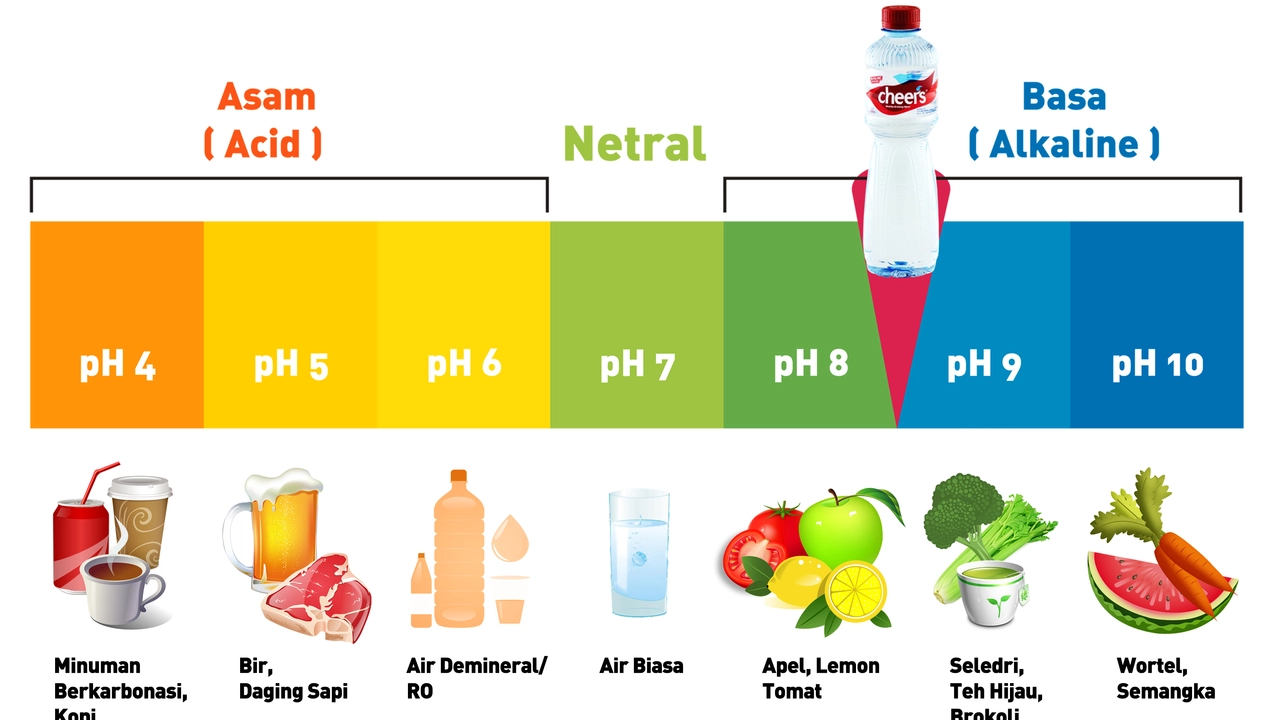pH balance: what it is and why it matters
pH tells you how acidic or alkaline something is. Your body keeps different areas at different pH levels on purpose — skin, vagina, stomach, and blood all have their own set points. When those areas drift from their normal range you can get acne, irritation, yeast infections, or digestive symptoms. The good news: small changes at home and smarter product choices can fix most common pH problems.
Quick ways to test pH at home
You don’t need fancy lab work for a basic check. pH test strips are cheap and work for saliva, urine, or topical testing. For skin, test clean skin (no products) on the jawline or inner forearm — healthy skin sits around pH 4.5–5.5. For vaginal pH, over-the-counter pH strips or test kits show whether you’re in the normal 3.8–4.5 range. Note: blood pH is tightly controlled and not something to test at home.
Keep in mind what a strip measures: saliva and urine can hint at overall trends but aren’t a perfect window into vaginal or stomach pH. If results are confusing or symptoms persist, see a clinician.
Simple steps to restore and maintain pH
Start with what you use on and in your body. For skin: switch to a gentle cleanser labeled pH-balanced (around 4.5–5.5), avoid harsh scrubs and long hot showers, and use a light, non-comedogenic moisturizer. For hair and scalp, milder shampoos help keep the scalp’s pH intact and reduce flaking.
For vaginal health: skip douching (it disrupts pH), use plain water or a mild pH-balanced wash if needed, and consider a probiotic with lactobacillus if you have recurrent yeast or bacterial issues. If you notice strong odor, unusual discharge, or persistent itching, get checked — those signs often mean an infection that needs treatment.
For digestion and overall balance: cut back on high-sugar and highly processed foods that feed bad bacteria, eat more fiber and fermented foods like yogurt or kefir, and stay hydrated. Acid reflux and stomach acid issues are different — antacids or prescribed meds can help, but discuss options with your doctor rather than self-medicating long-term.
Some people try alkaline water or baking soda fixes. Those can mask symptoms but won’t change how your body regulates blood pH. Use caution and check with your healthcare provider before trying aggressive home fixes.
When to see a doctor: persistent skin inflammation, recurring yeast or urinary tract infections, strong odors, unusual discharge, or digestive symptoms that don’t improve after simple changes. A clinician can run the right tests and recommend safe treatments.
Small daily habits go a long way: milder products, fewer sugary foods, and smart testing. Fix the environment your body likes, and pH usually follows.

Hi guys! In today's post, I'll be exploring the relationship between an alkaline diet and gut health, particularly with respect to alleviating symptoms of diarrhea. We'll dive deep into how maintaining pH balance through an alkaline diet can impact our digestive health. Let's unpack the significance of pH balance for managing gut health, and discover what foods can help neutralize acidity in our bodies and potentially provide relief from diarrhea. It's time to take control of our health, one meal at a time!
Chris Gore Nov 8, 2023




